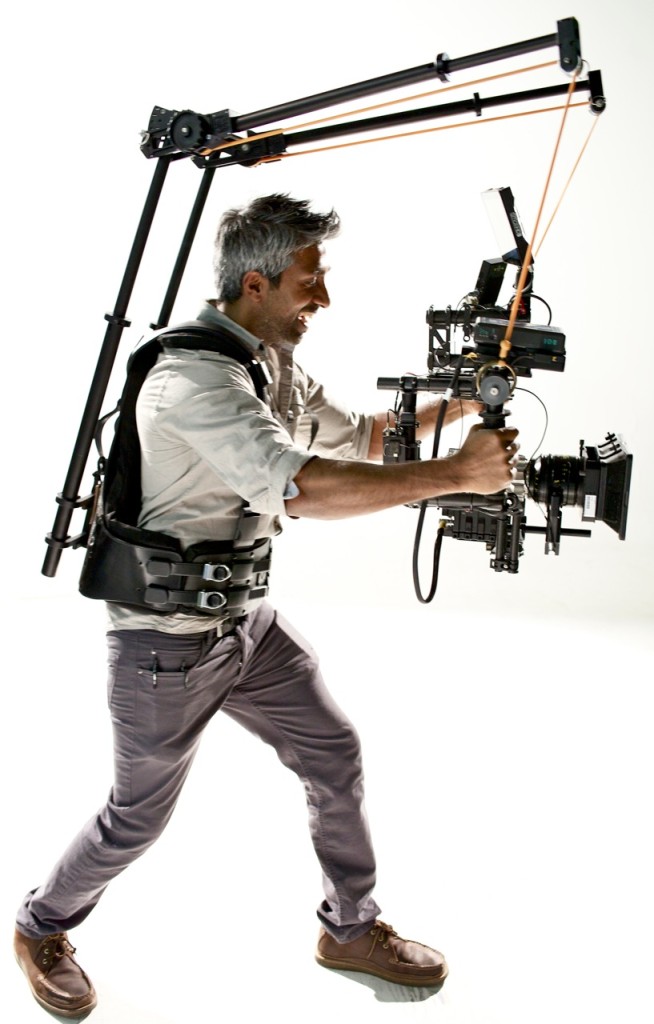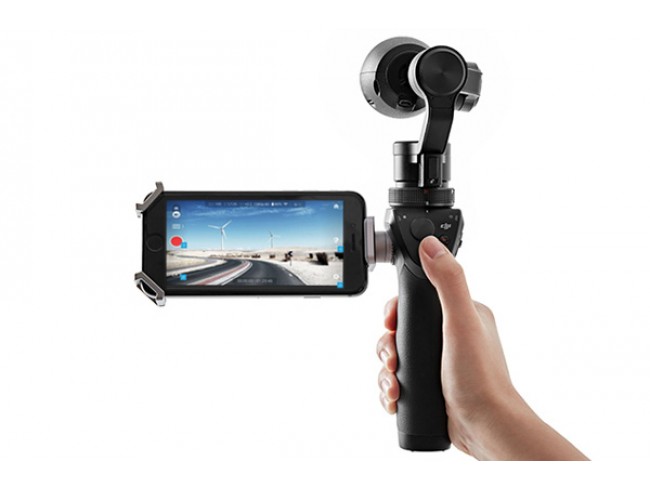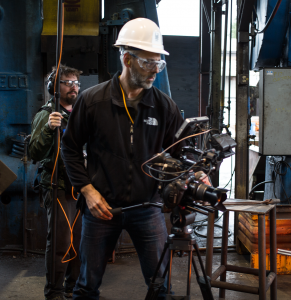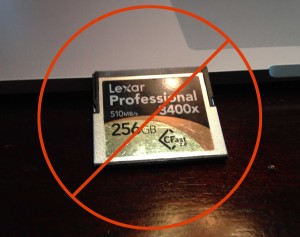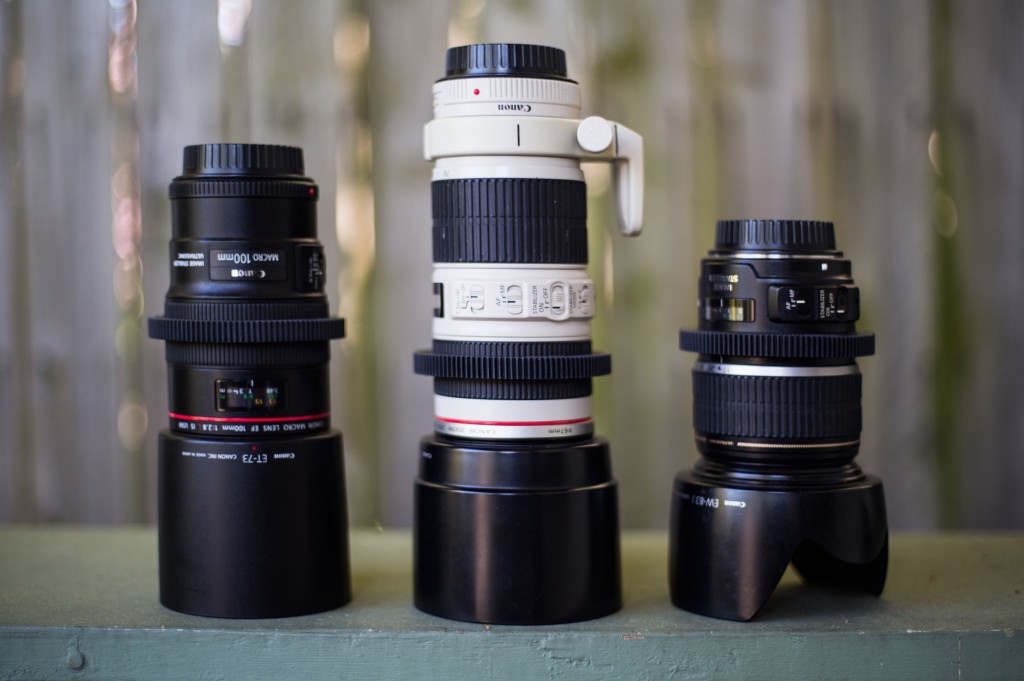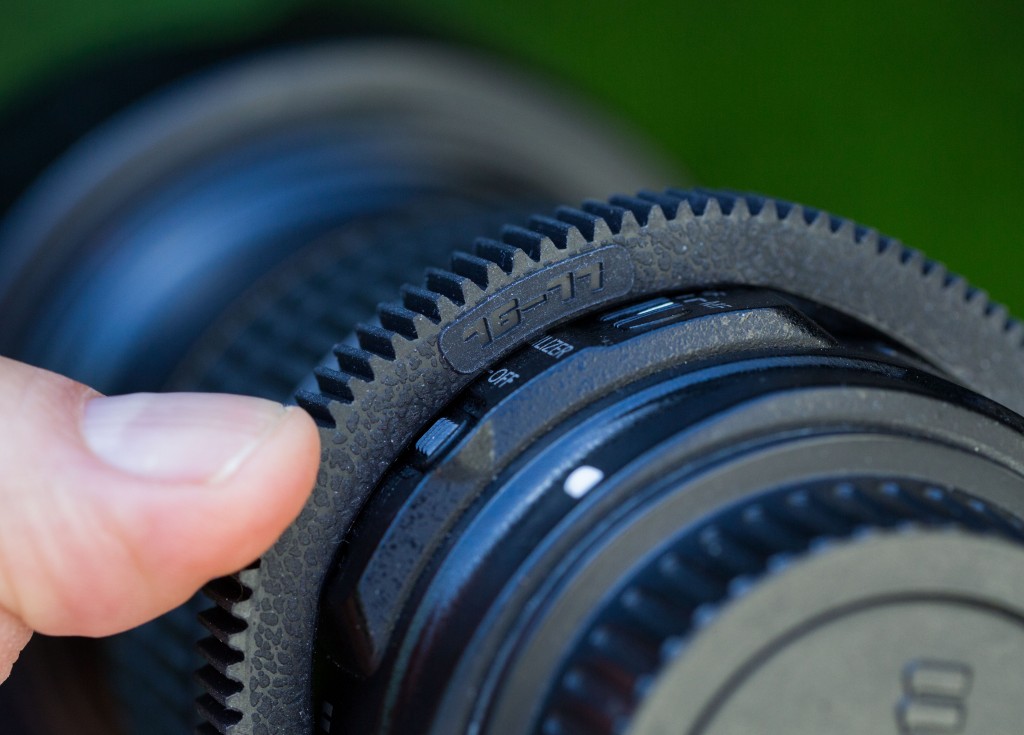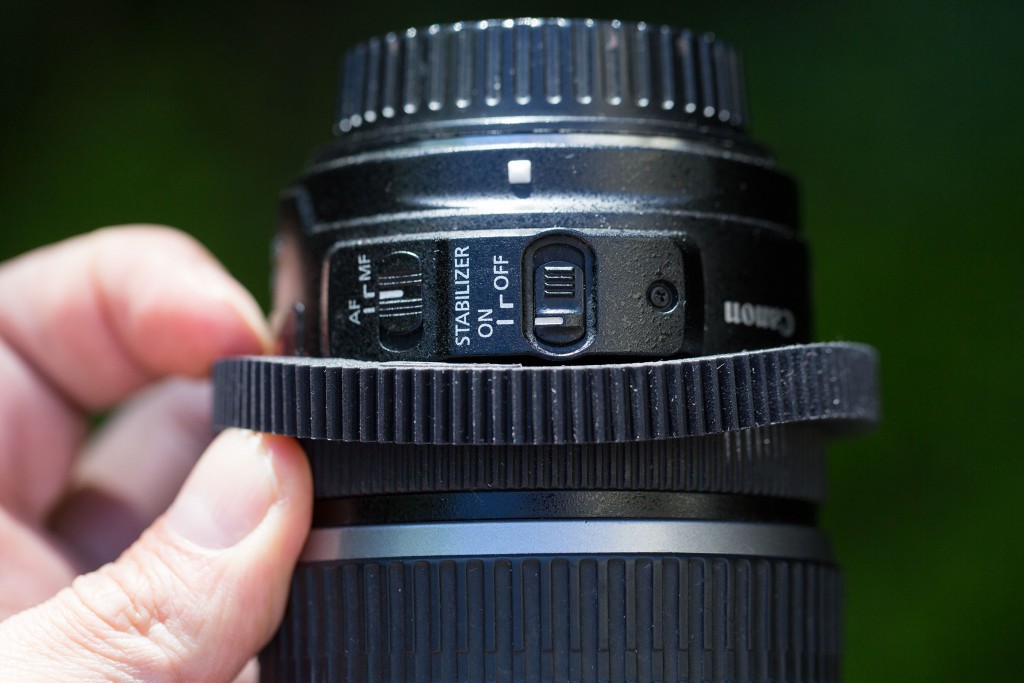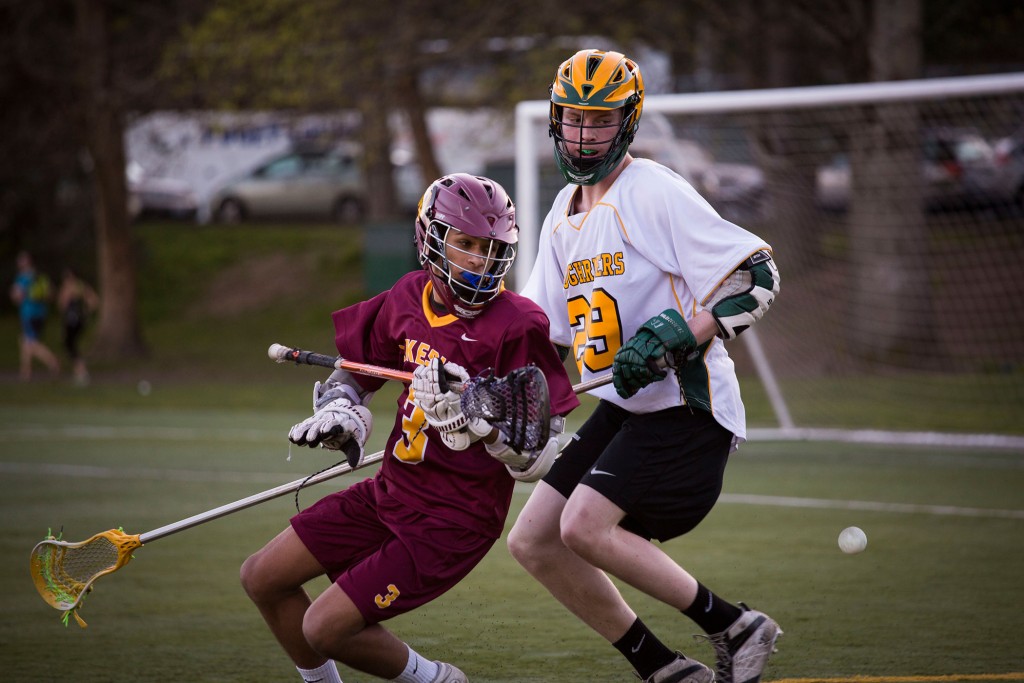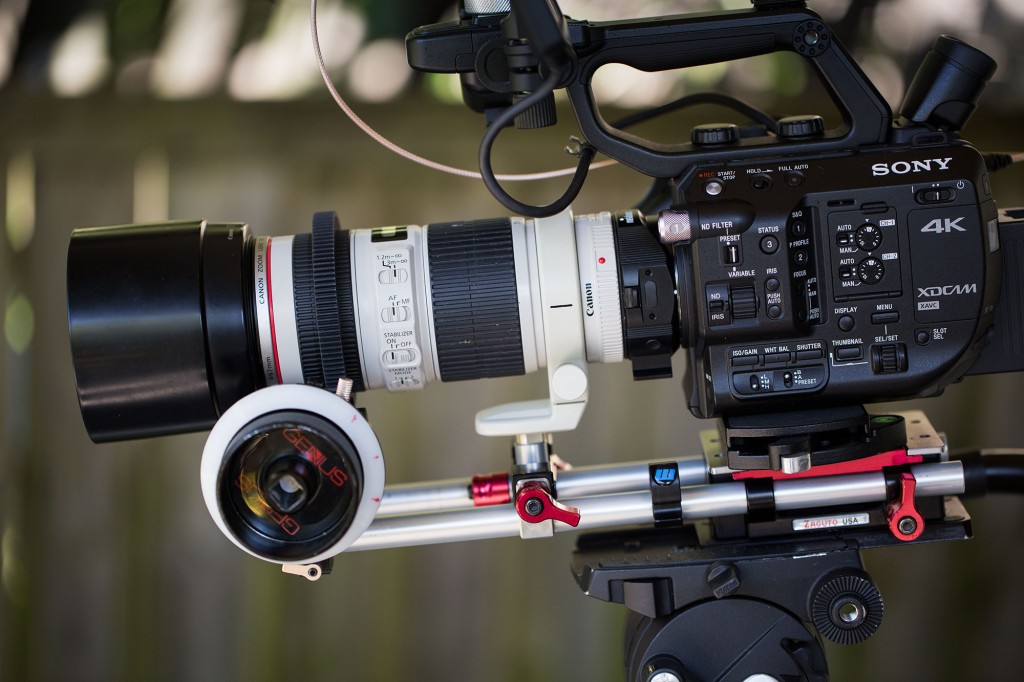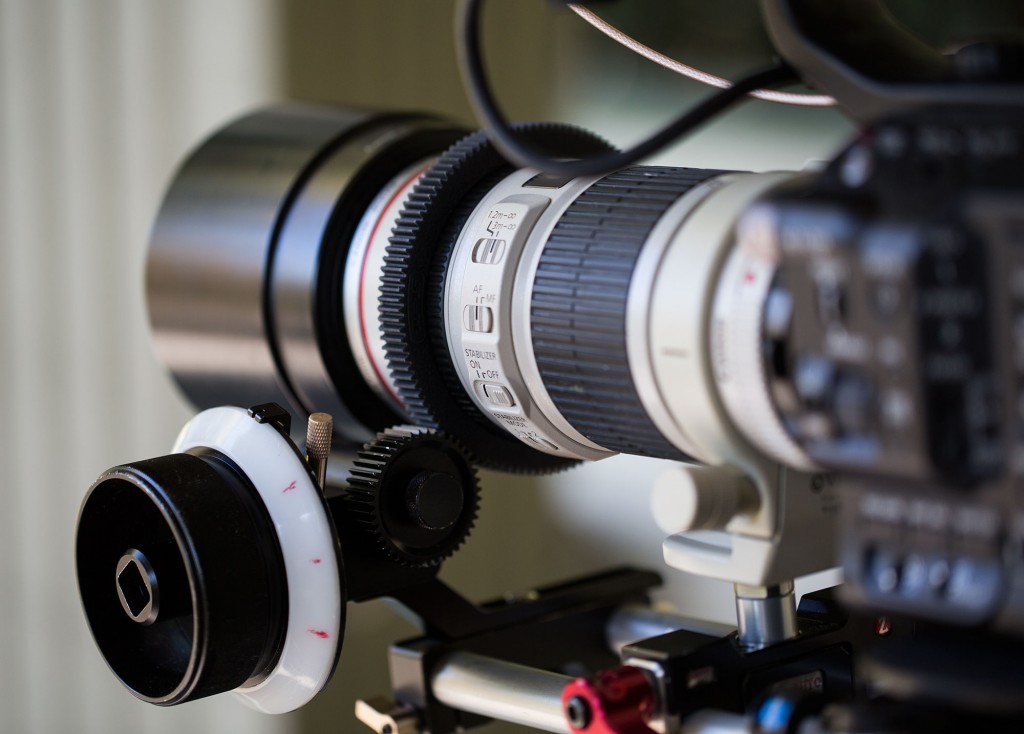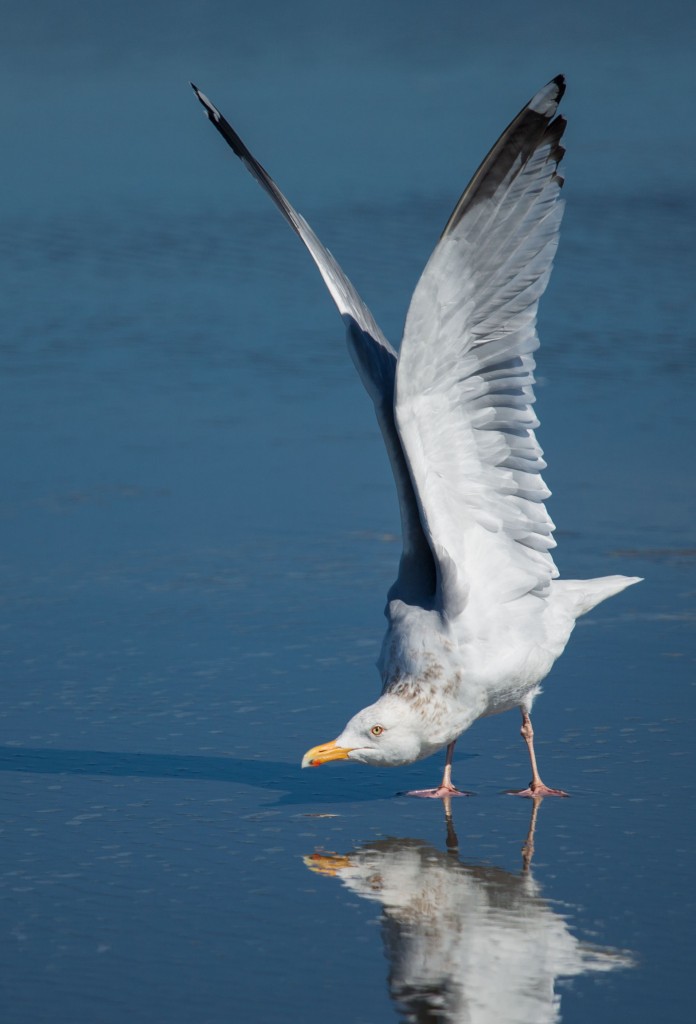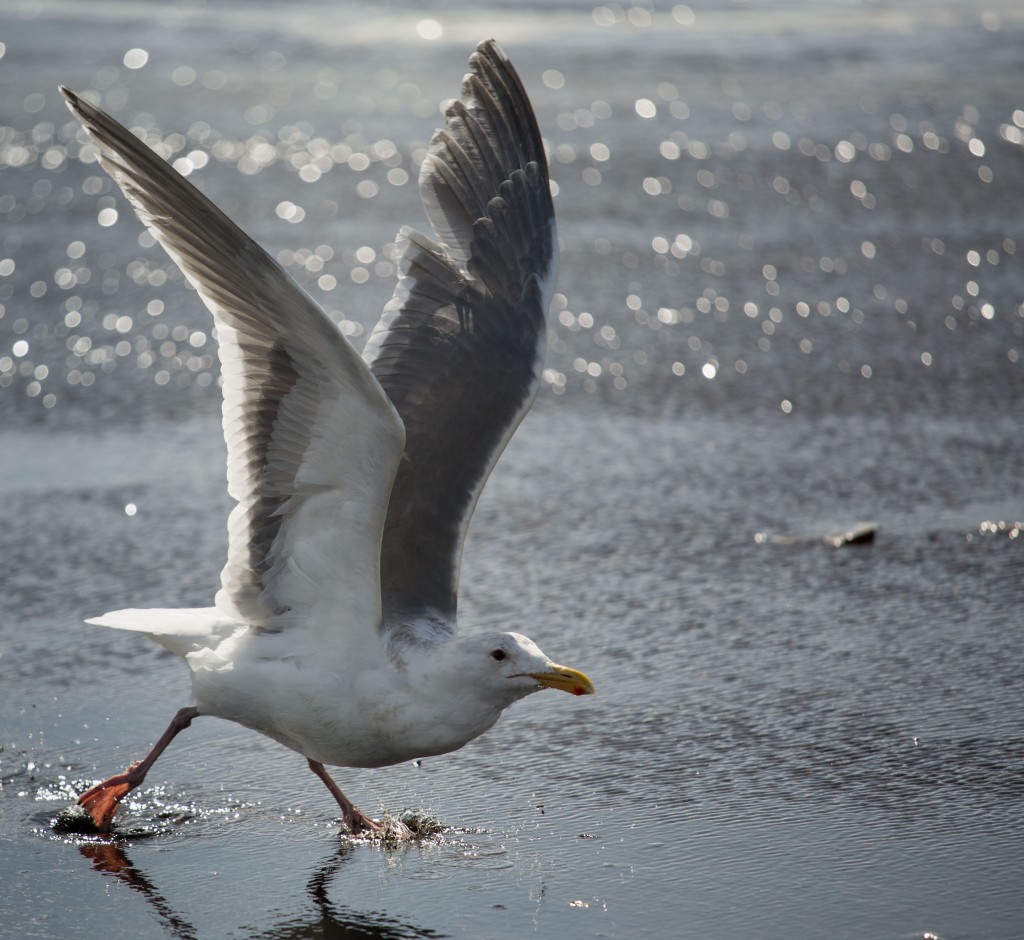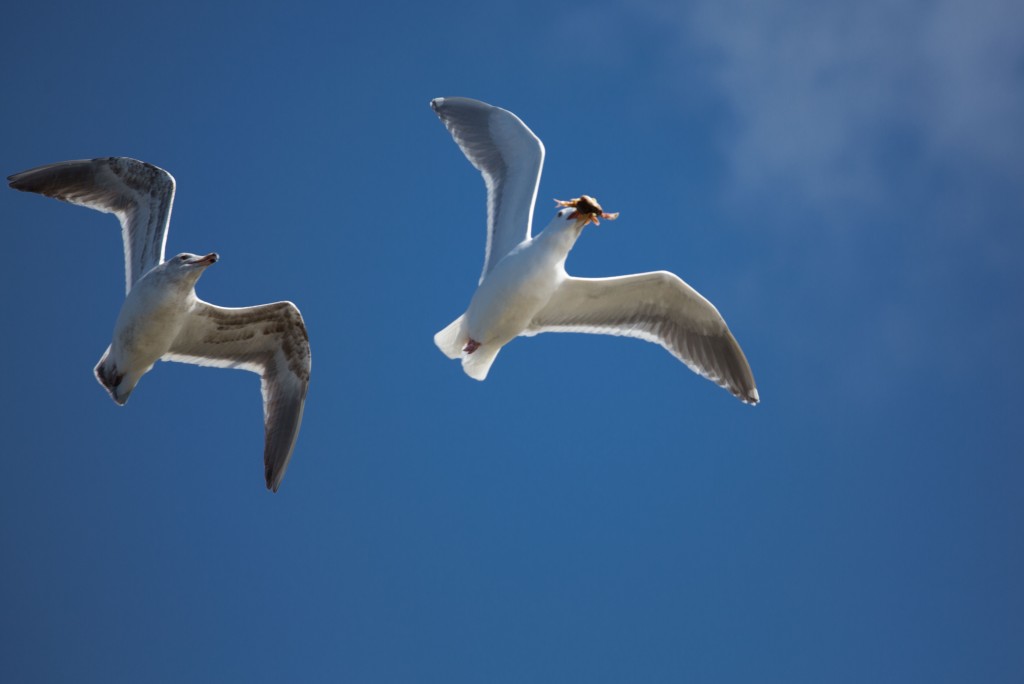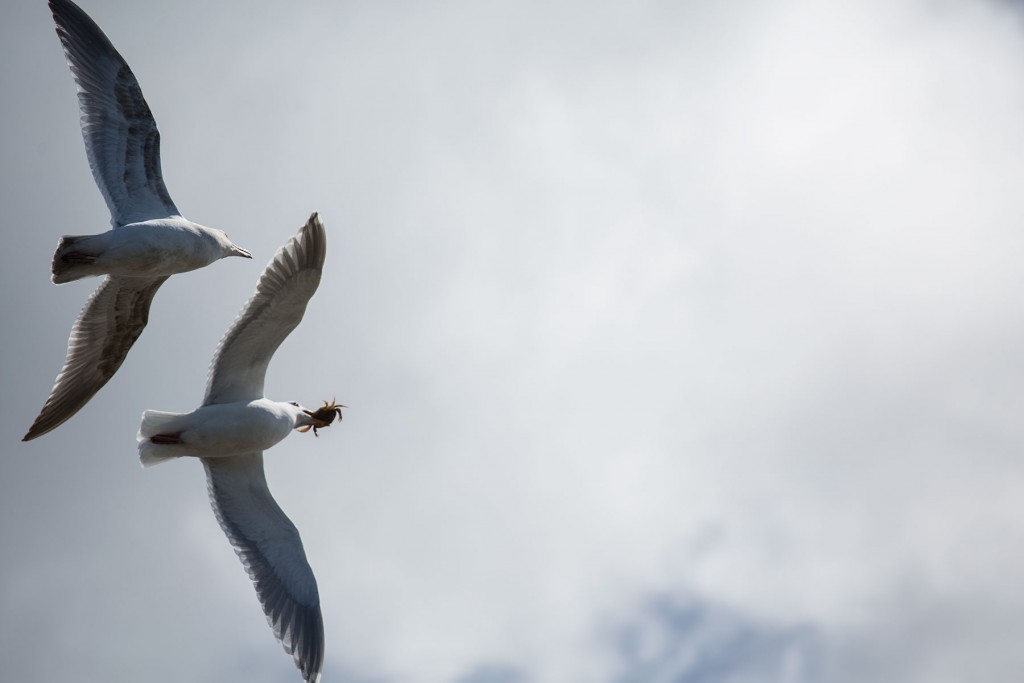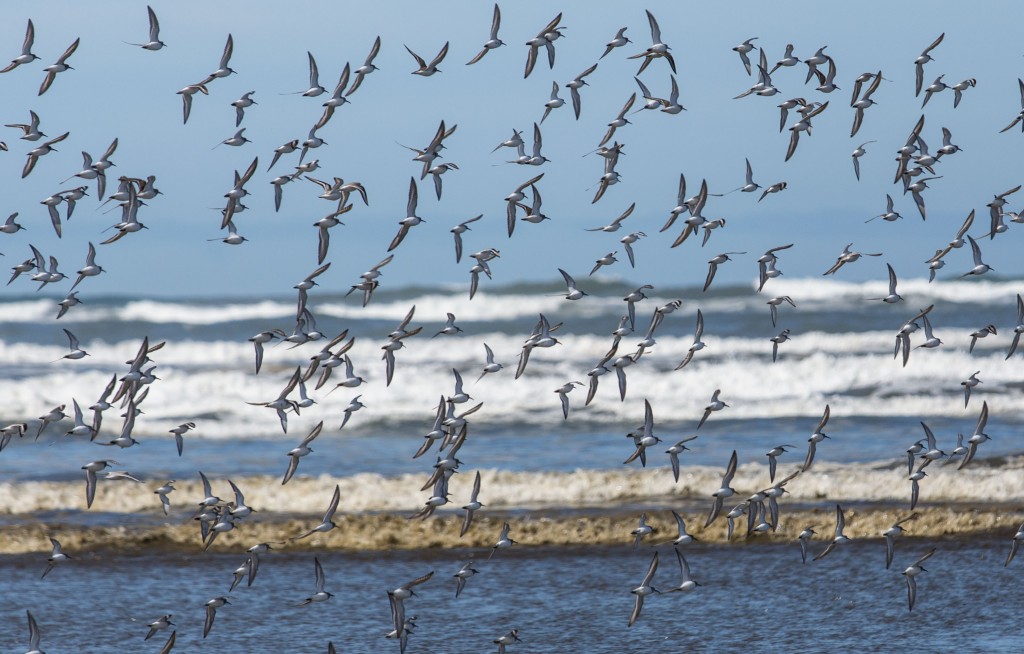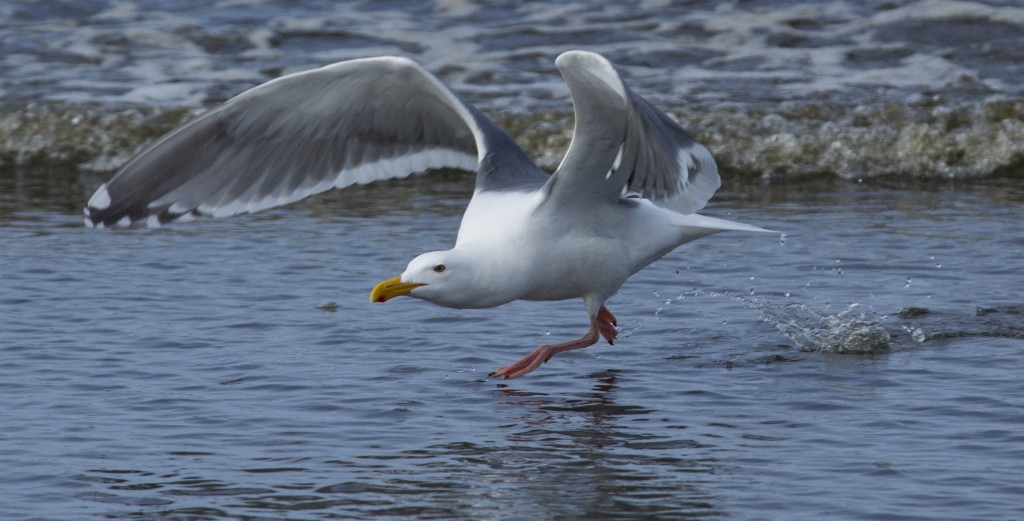My first step on the journey from still photographer to cinematographer was to simply grab a camera and start shooting. I quickly learned to put it on a tripod instead. Or a shoulder rig. Or a slider. More recently, a Movi. But the reality of gimbal-stabilized shooting is that it can end up looking like this:
Hardly freeing! So when DJI announced the Osmo late last year, with the promise of a stable camera that fits in your palm, I was fully intrigued.
Osmo is priced aggressively enough that I didn’t have to think about it too long before deciding to buy. Over the Christmas break I had a chance to do a little shooting with it, to answer the question: is Osmo more than a toy? Could the footage it produces work on a real documentary production?
The first thing I noticed out of the box is that Osmo is cute. Sexy, even. The sleek black device invites holding and feels great in your hand. If it were white, I would swear it was an Apple product. But then I turned it on, and the next thing I noticed was that the horizon wasn’t level. And it kept crashing when I touched the screen in the wrong place. Definitely not an Apple product!
Based on my early observations, it’s clear that DJI released Osmo before the firmware was fully ready. DJI embodies a trend in which camera manufacturers use early adopters as beta testers for firmware that is still in development. But within a few weeks, and just in time for Christmas, DJI released new firmware, and most of the problems I observed are much improved, if not fully corrected.
The Osmo’s lens is fixed-focus, like a GoPro, which keeps everything more than 1 meter away in focus. Everything close than that falls out of focus. A meter is almost 40 inches, and to get the camera that far away, you’ll need to use the optional DJI selfie stick (currently in short supply) to get sharp images of yourself. I’ve ordered one and look forward to the option of getting the camera up high (drone like) for close aerial perspectives with the Osmo.
Shooting in selfie mode produces a slightly back-focused subject in frame. Click the image above to view at full resolution, which reveals the full extent of the problem (the downsampled image as rendered above disguises this).
Another challenge: the Osmo with X3 doesn’t do closeups. It doesn’t even do medium closeups. Remember, the Osmo field of view is the equivalent of a 20mm lens on a full frame camera. That’s wide!
Moving Osmo too close both distorts your subject and throws it slightly out of focus. The slight defocusing is made all the more apparent because whatever is behind it will be perfectly sharp. So, with Osmo, I have to fight my instinct to get the camera close, especially when shooting people.
The closest thing to a workaround (until the X5 camera for Osmo is released) is to shoot in 4k, and leave lots of room around the subject, then crop into the shot in post. But I find it’s best to just keep people a meter or more away. That’s just how this camera was designed to be used.
Slow motion
In 1080p, you have some nice framerate choices for conforming to 24p slow motion: 30p, 48p and 60p. You can also engage the slow motion mode which shoots at 120p in windowed mode.
The best quality slow motion results happen from shooting no more than 60fps. Anything more than that, and the image suffers from significant noise. To my eye it looks like 720p that’s been scaled up: a little soft, and very noisy. Still, with some denoising, you can get some usable results. The field of view when shooting in 120fps is much narrower due to the windowing of the sensor.
Battery life
You’ve got two batteries to stay on top of with Osmo: one in the handle that powers the camera, and one in your smart phone powering your screen. I find the Osmo batteries last about 30-40 minutes in constant use. So you’ll need a handful of them to get much shooting done.
iPhone battery life is greatly reduced when shooting with Osmo. During an afternoon of shooting, I was able to keep going by plugging my iPhone into a portable battery quick-charger. It’s easy to operate the Osmo with a charging cable running to your pocket. Your smart phone battery life may vary, but if you plan to shoot for more than 45 minutes or so I recommend something like this.
4K
I was unable to get the camera to record in cinema 4K at the DCI standard of 4096 x 2160. I thought at first that my card wasn’t fast enough, during the time I was writing this post, DJI released firmware version 1.4.1.8, and this resolved the issue (and many others). All 4K modes work perfectly now!
Selecting 4096 x 2160 changes the aspect ratio into a slighter wider field of view than 16×9 (approximately 1.9:1) and sets shutter to 24p. The more common UHD-1 (16×9 aspect ratio) 4k standard is supported in this camera in frame rates of 30p and 24p.
Screen Freezing issue
For some reason, the DJI Go app freezes occasionally when I tough the screen anywhere that isn’t a menu. This is definitely a bug, because the screen is designed to allow setting a spot-meter by touching the screen when in auto exposure modes. The v. 1.2.1.8 firmware update does not fix this problem. UPDATE: This issue has been fixed with the latest firmware update.
Manual controls
One of my favorite things about the Osmo is that it gives you full manual control over exposure. In practice, this means you will be able to get cinematic results from this camera that GoPro users can only dream about. For example, shooting in dark forested areas and emerging into more brightly lit areas, I was able to set the exposure to be correct on the brightest areas and allow the rest to go dark. Great for reveal shots. Trees and foliage tends to overexpose when set to auto, and going manual resolves this. The controls are easily accessible by touch, and unlike many other cameras, you can punch the screen while rolling without disturbing the shot because the brushless gimbals are doing their thing. So it works very well.
Another nice touch is the option to set shutter priority – which allows locking in a cinematic framerate of 50p, while letting the Osmo set aperture and ISO.
ND filtration
Although it doesn’t come with any ND, Neutral density filters can easily be screwed onto the Osmo’s threaded filter (it ships with a clear filter). The Osmo’s X3 camera uses the same filters as the Inspire 1. Luckily, there are quite a few options for ND filtration available for Inspire 1. I purchased a set of 3 Renaat ND filters for US $69. These filters weigh just 3 grams apiece, and won’t unbalance the gimbal. To purchase a set of your own, send an inquiry email to ceulenaere@gmail.com.
For overcast conditions, I found the 1/8 ND works great. For more brightly lit conditions and direct sun, the 1/16 and 1/32 filters will give you access to those cinematic shutter speeds. At 1/324, IR pollution becomes a bit of an issue, but I prefer to deal with a little color correct than to live with staccato shutter effect that results from high shutter speeds.
D-log
Osmo gives you a whole bunch of picture profiles to choose from. The most interesting one is d-log, which gives you a flatter image, holding onto highlight detail in post. I find it’s more like Canon’s C-log than it is like Sony’s S-log: less dynamic range, but easier to grade. It feels to me like d-log gives you a ballpark of around 10 stops of dynamic range. Exceptionally good for this little camera!
In my original testing, d-log had a noticeable red shift, which had to be corrected in post. But this seems to have been corrected in firmware updates and I’m no longer seeing this issue.
What it’s really good at
Tracking shots! The Osmo excels when you’re in motion filming something that’s also in motion. For big establishing shots where you want everything in frame to be in focus, it’s killer. Think of it as a drone that you can hold in your hand, and shoot accordingly. So, passing between things or through things, big sweeping reveals, that sort of thing.
I’ve used the Osmo for one commercial project, and found it to be an incredible tool for getting shots I wouldn’t have been able to get any other way. In the video below, all of the traveling shots were shot with Osmo, and intercut with Sony FS5 footage. The cardboard walls in the space were 8′ tall, and I wanted a way to see over the top of the walls while moving, to reveal the participants interactions. I put the Osmo on a painter’s pole, which allowed me to extend it about 6 feet. This allowed me to get some dramatic crane-up reveal shots, like the shot that opens with the team huddled over an iPhone screen, booming up to reveal the view over the walls. Pretty sweet, and a shot I couldn’t have dreamed of getting with a larger camera rig in the cramped space.
What it’s not so good at
It doesn’t do closer than 1 meter, or selective focus.
Conclusion
The Osmo X3 is an exceptionally useful tool right now. For wide sweeping shots with movement, it’s killer. But the need to keep the camera at least a meter away from your subject limits it’s storytelling capabilities. The small sensor means everything in the frame is in focus.
When the X5 for Osmo is released, things will get a lot more interesting. Footage should then intercut seamlessly with higher quality cameras, and focus will be controllable, opening up a world of possibility.
But I’m not waiting for that. I’m carrying Osmo today on many of my commercial projects, looking to bag those special wide shots that I otherwise wouldn’t have time or budget for. The Osmo is the gimbal you can always have with you. And that makes it a winner with a very bright future.
